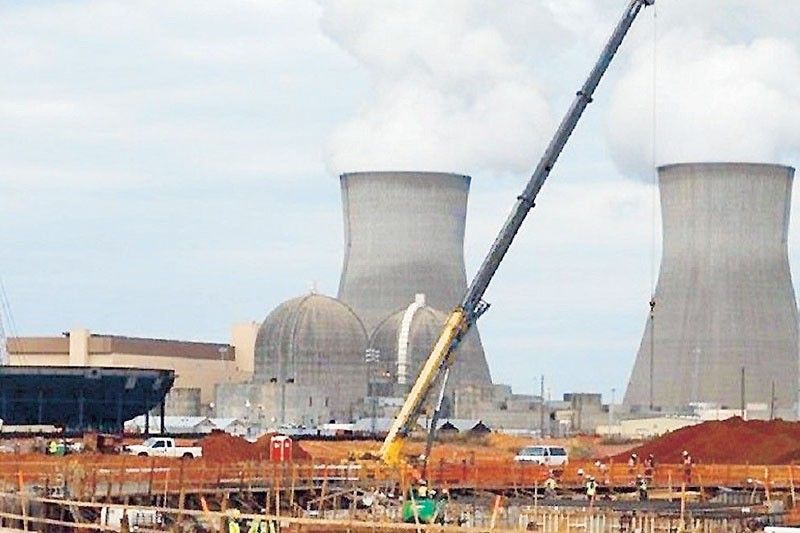Government maps out potential nuclear sites
By Brix Lelis – April 2, 2025 | 12:00am
from The Philippine Star

MANILA, Philippines — The Marcos administration is assessing several areas across the Philippines, including Bulacan and Palawan, as possible sites for nuclear energy development in a bid to unleash its power by 2032.
In a recent interview, Energy Undersecretary Sharon Garin said the Department of Energy (DOE) has evaluated multiple sites in the country where nuclear power plants could be constructed.
“We assessed areas in Bataan, both in Morong and Mariveles. We also assessed locations in Bulacan and Batangas. Those are crowded but also potential sites for data centers,” Garin said.
Provinces down south like Masbate and Palawan were also assessed, she said.
While Palawan is one of the most stable sites for nuclear development, Garin pointed out that the key issue lies in the province’s lack of connection to the national grid.
Further, the DOE is also setting its sights on provinces in the western portion of the Visayas and Mindanao that are not prone to tsunamis.
“So many of them qualify because we have specific metrics, such as how many kilometers away they are from fault lines or volcanoes,” Garin said.
The DOE official declined to provide further details, noting that this might cause unnecessary concern to the public.
“We haven’t made a final decision yet, but we’ve been working together on this,” said Garin.
Under the country’s roadmap, the government aims to deliver at least 1,200 megawatts of nuclear capacity by 2032 and scale this up to 2,400 MW by 2035 and 4,800 MW by 2050.
Given these ambitious targets, Garin affirmed that the DOE is not “budging” from its 2032 nuclear commitments.
In fact, the government wants to be ready for nuclear plant construction before the end of President Marcos’ term, she said.
“That means we have to be prepared from today… We need to make sure that it’s going to be a safe project. So 2032 is still the target,” Garin said.
Last year, the International Atomic Energy Agency (IAEA) conducted an integrated nuclear infrastructure review mission in the Philippines to evaluate the country’s commitment to a nuclear power program.
While a national position has been adopted, the IAEA indicated that further work remains to finalize the country’s strategy and complete the necessary studies for future activities related to the grid, industrial involvement and legislation.
In Congress, lawmakers are pushing for the passage of the PhilAtom bill, which aims to establish a comprehensive legal framework for the safe and peaceful utilization of nuclear energy.
Once enacted into law, the prospective Philippine Atomic Energy Regulatory Authority will assume all regulatory tasks currently managed by the Philippine Nuclear Research Institute.


